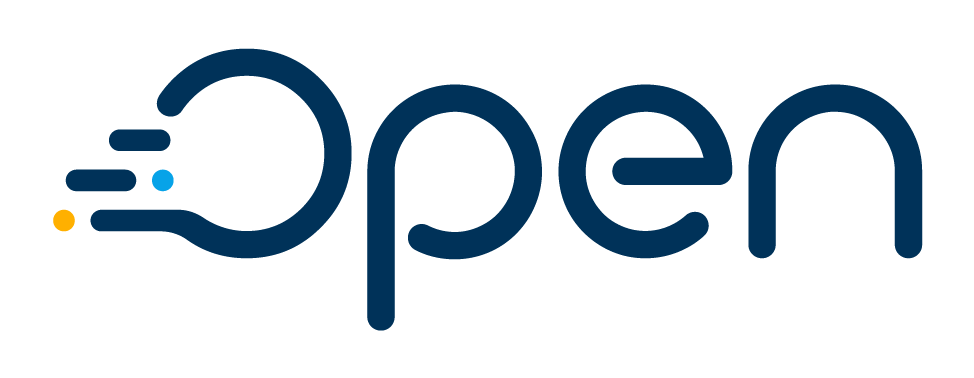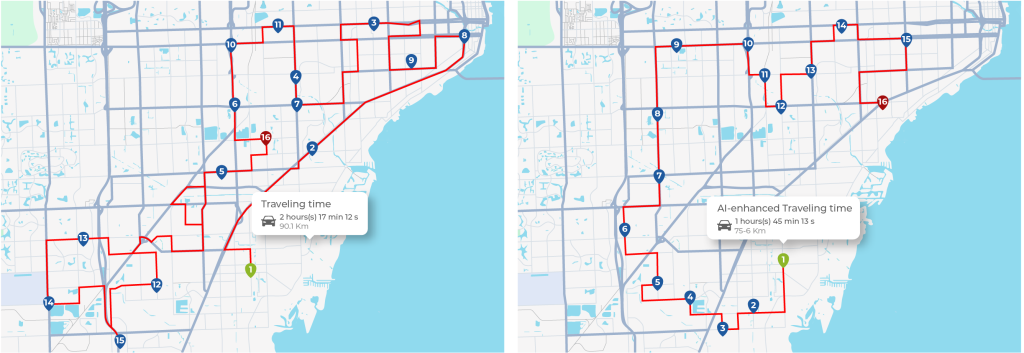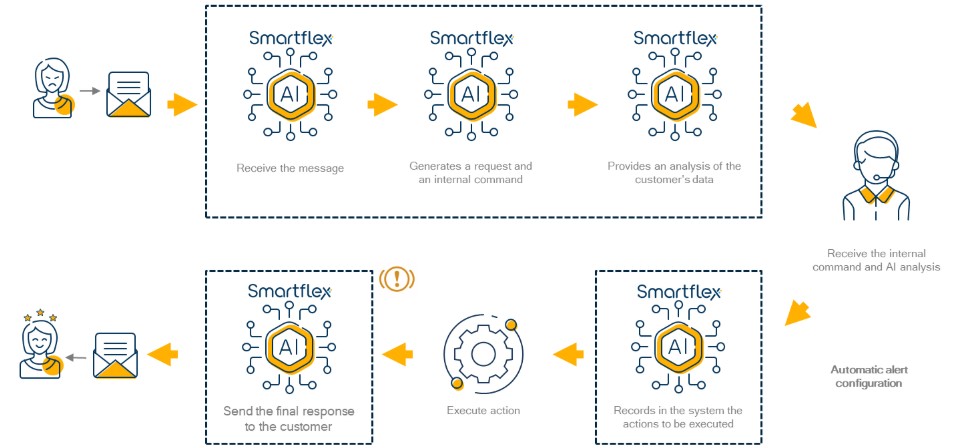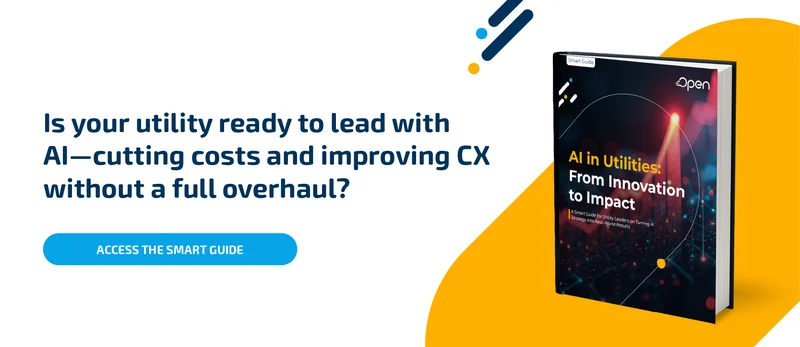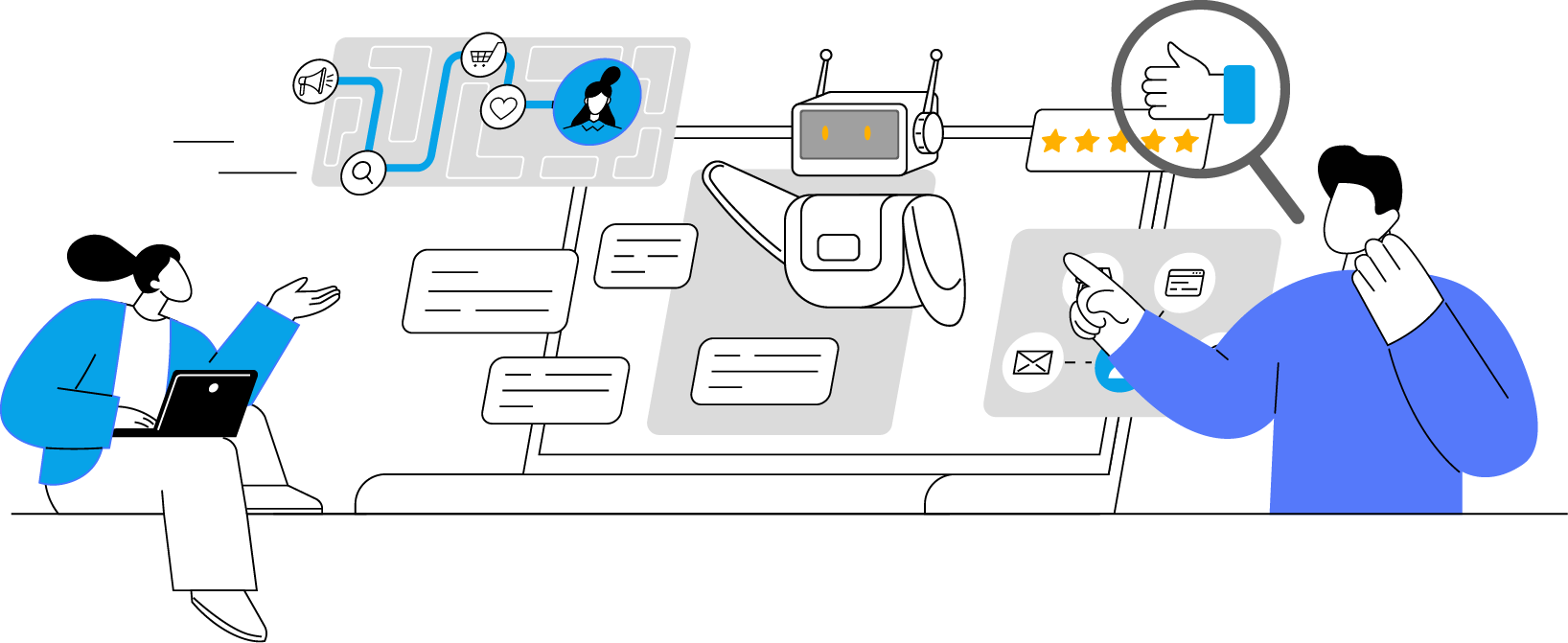
Artificial intelligence (AI) offers utilities a powerful way to innovate and enhance customer value. However, operating within strict regulatory environments requires balancing immediate AI benefits with system stability. The dual innovation strategy addresses this challenge by enabling utilities to realize operational gains from AI early in their digitalization process, while gradually phasing out their legacy system.
Rethinking Innovation in a Mission-Critical Industry
In the utility sector, innovation is essential. But unlike other industries, utilities operate in highly regulated, mission-critical environments where any disruption can have widespread consequences. Leaders are being asked to modernize fast, embrace artificial intelligence (AI), and deliver new value to customers and stakeholders, all while maintaining stable operations.
This raises a complex question: how do you pursue the transformative potential of AI without destabilizing the foundation that keeps your business running?
The answer lies in dual innovation, a proven strategy in other industries that enables companies to rapidly unlock the benefits of new technologies while modernizing legacy systems at a sustainable pace. In the utility context, this approach recognizes that achieving short-term AI gains and driving long-term platform evolution must happen in parallel to ensure confident, cohesive progress.
What Dual Innovation Means
In simple terms, dual innovation allows utilities to move at two speeds. On one hand, it encourages rapid experimentation with AI to improve customer experience, increase operational efficiency, and facilitate decision-making. On the other, it promotes a deliberate and structured transition away from legacy systems that limit scalability, data integration, and real-time responsiveness.
This shift in mindset enables leaders to deploy, over the mid-to-long term, modern CIS platforms with built-in AI capabilities embedded into daily operations, which drive actionable outcomes, not just insights or recommendations. This way, they can start creating value immediately with AI agents while progressively building the modern digital application ecosystem required to support broader transformation.
Why a Dual Approach to AI Is Especially Relevant
Unlike digital-native industries, utilities often rely on fragmented and legacy systems, siloed data, and rigid processes. These realities make it difficult to implement AI on a large scale. To tackle this reality, utilities should replace their existing legacy CIS with a modern platform that revolutionizes their operations while effectively bringing AI benefits.
Dual innovation enables utilities to act now, deploying AI where it can have an immediate impact. This might include smart agents that triage service requests or natural language tools that assist contact center agents.
For instance, utilities can begin piloting AI features, such as smart routing algorithms, as part of their field service and customer experience capabilities enhancement without needing to replace every core system at once. These use cases deliver value quickly and build internal confidence around the potential of AI.
In deployments with existing customers, we have seen a 25% to 30% reduction in time and miles driven, improving crew performance and wellbeing, and saving operational costs.
In parallel, utility leaders can begin modernizing the digital core by moving from hard-coded legacy CIS systems to flexible, AI-enabled platforms that unify customer, billing, metering, and field service data. This evolution doesn’t happen overnight, but with the right architecture, it can evolve in sync with business needs rather than in conflict with them.
This two-pronged strategy is particularly effective in the utility context, as it minimizes operational risk while accelerating the adoption of a modern platform, new capabilities, and achieving business outcomes. It recognizes that meaningful change doesn’t have to be disruptive; it just must be strategic, creating a powerful engine for growth and resilience.
The Role of Modern Platforms in Enabling Dual Innovation with AI
Technology alone doesn’t drive transformation, but the right platform can make it possible. At Open, we’ve designed Smartflex to support dual innovation by embedding AI across the customer and operational journey, while also serving as a scalable, future-proof foundation.
Utilities that use Smartflex are already experiencing the benefits of this approach. They can automate routine tasks, identify consumption anomalies in real time, and reduce the cost and complexity of operations. And because the platform is modular and continuously updated, it supports incremental migration away from legacy systems without disruption.
With Smartflex, our clients don’t have to choose between modernizing their CIS or adopting AI. They can do both, in the right sequence and at the right pace.
One example of leveraging smart agents, which we are currently developing, is to support customer service representatives in dealing with customer disputes. Imagine this: our agent analyzes the message, generates a solution, and automatically triggers activities to support it in no time.
Building a Utility That’s Ready for What’s Next
AI will continue to reshape the industry, whether through enhanced customer expectations, regulatory shifts, or the need for greater grid intelligence. However, embracing this future requires more than a bold vision. It requires a practical roadmap that balances innovation with operational realities. Dual innovation offers that roadmap. It empowers utilities to deliver results today while laying the foundation for tomorrow. It reduces risk, accelerates time to value, and fosters a culture that’s not just open to change but built for it.
If you’re ready to explore how your utility can adopt a dual approach to AI, combining quick wins with sustainable transformation, we invite you to connect with us. At Open, we’re helping utilities around the world move smarter, not just faster.
Ready to elevate your utility capabilities?
Contact us today to discover how Smartflex can transform your operations and drive future-ready growth.
